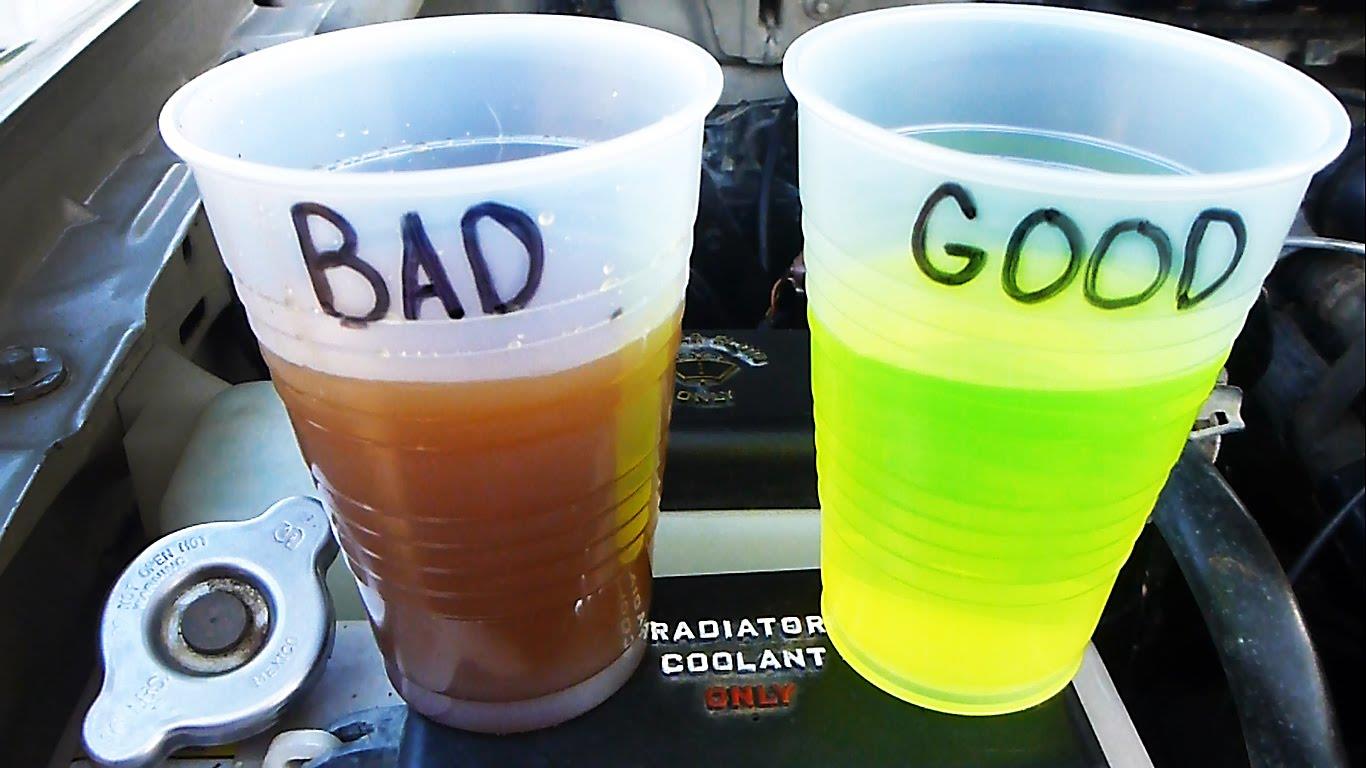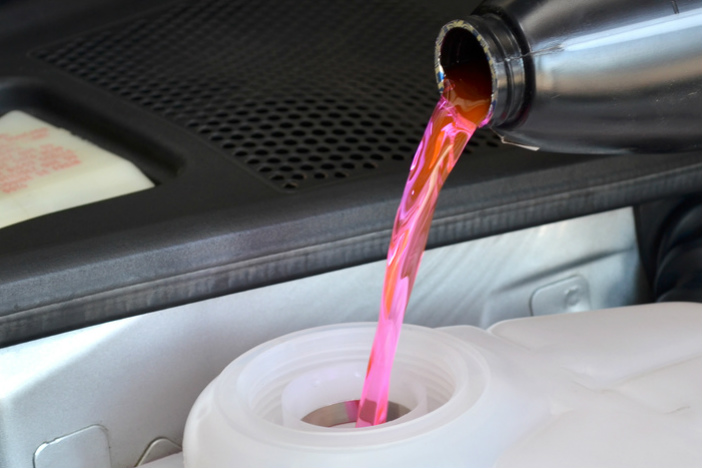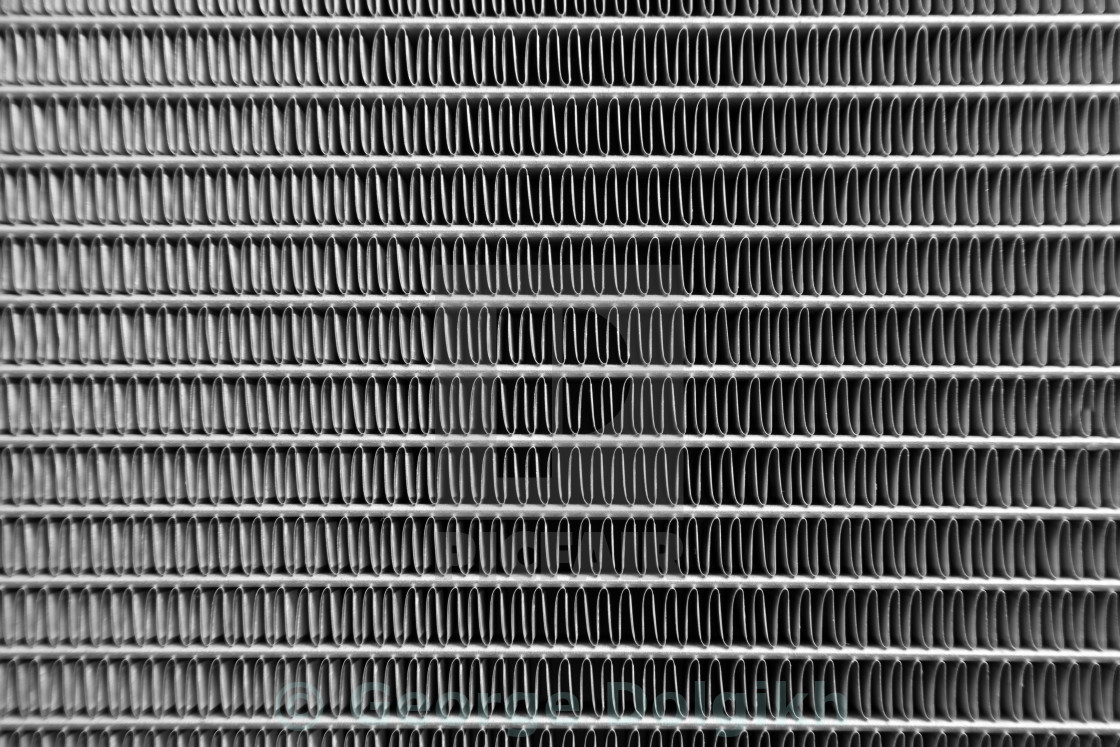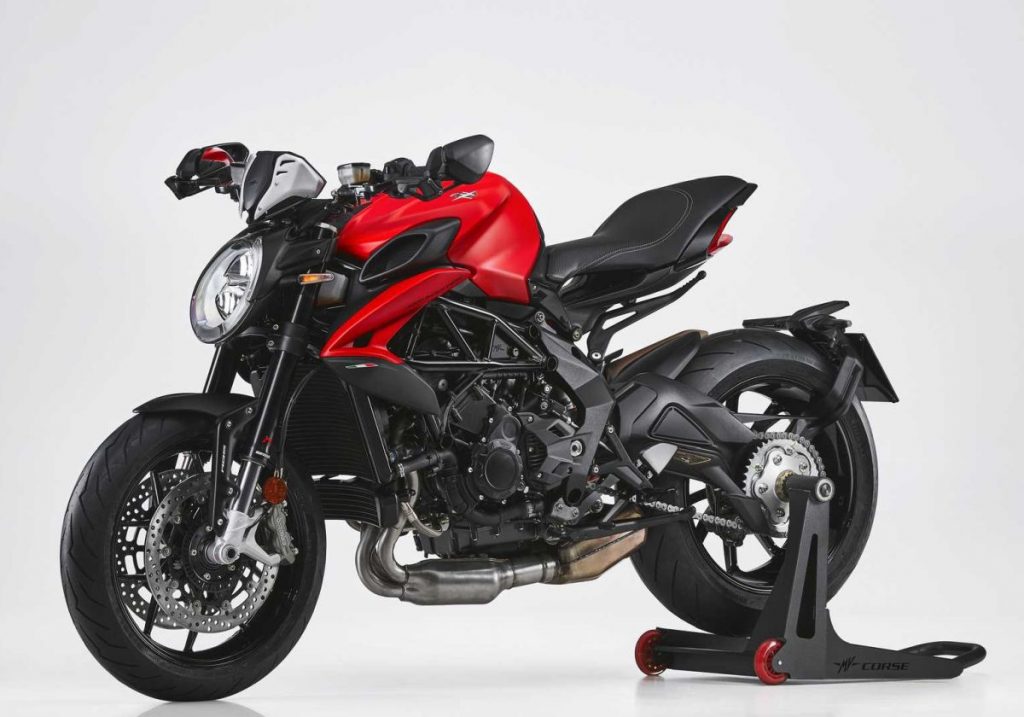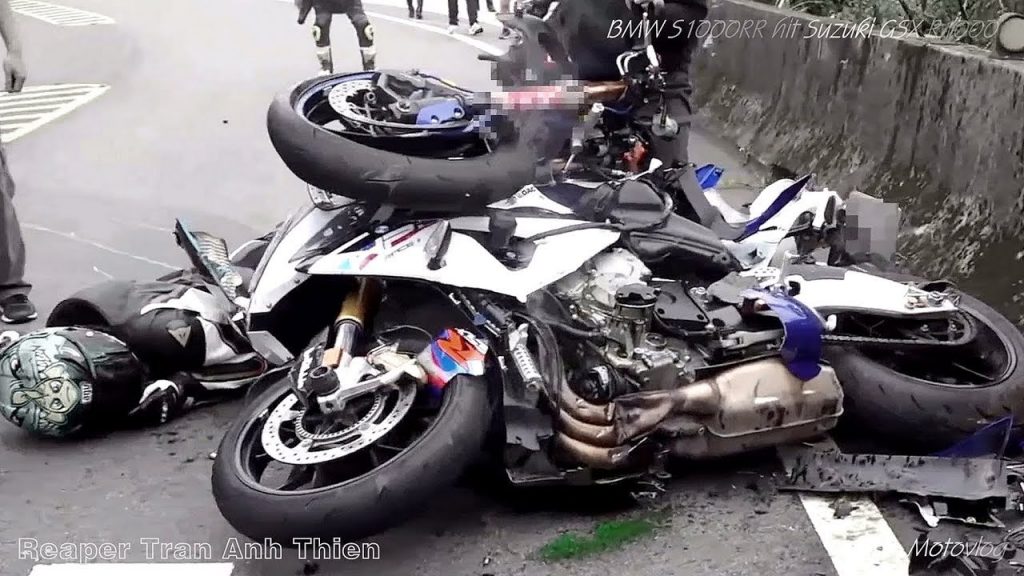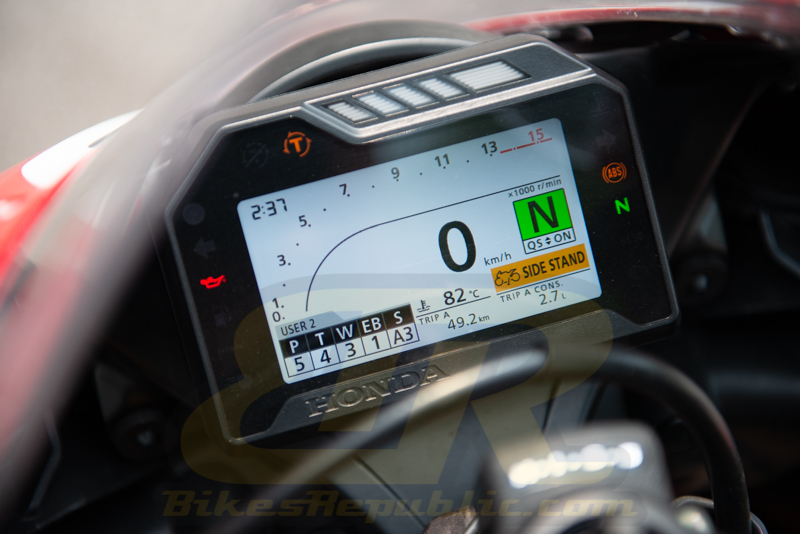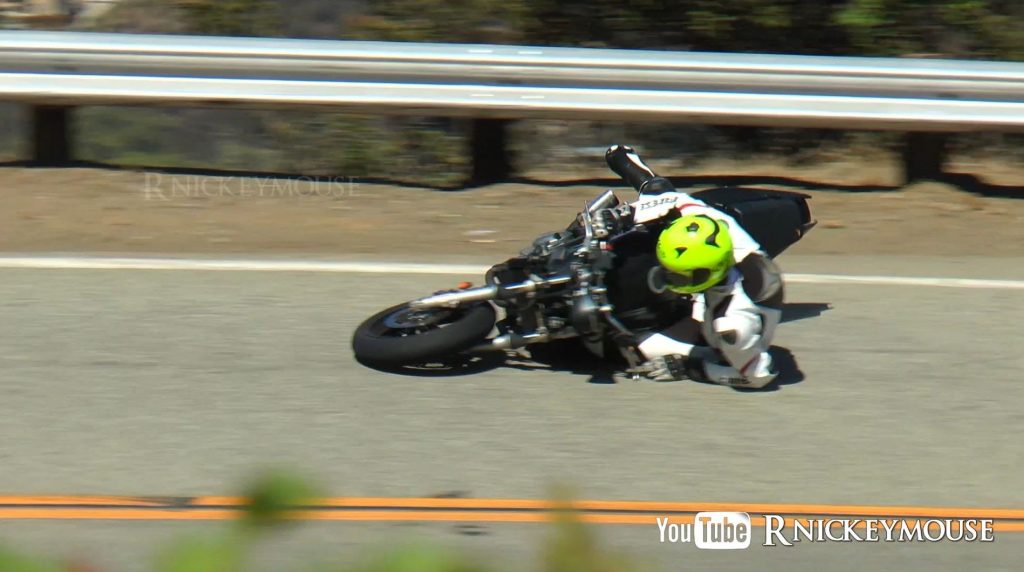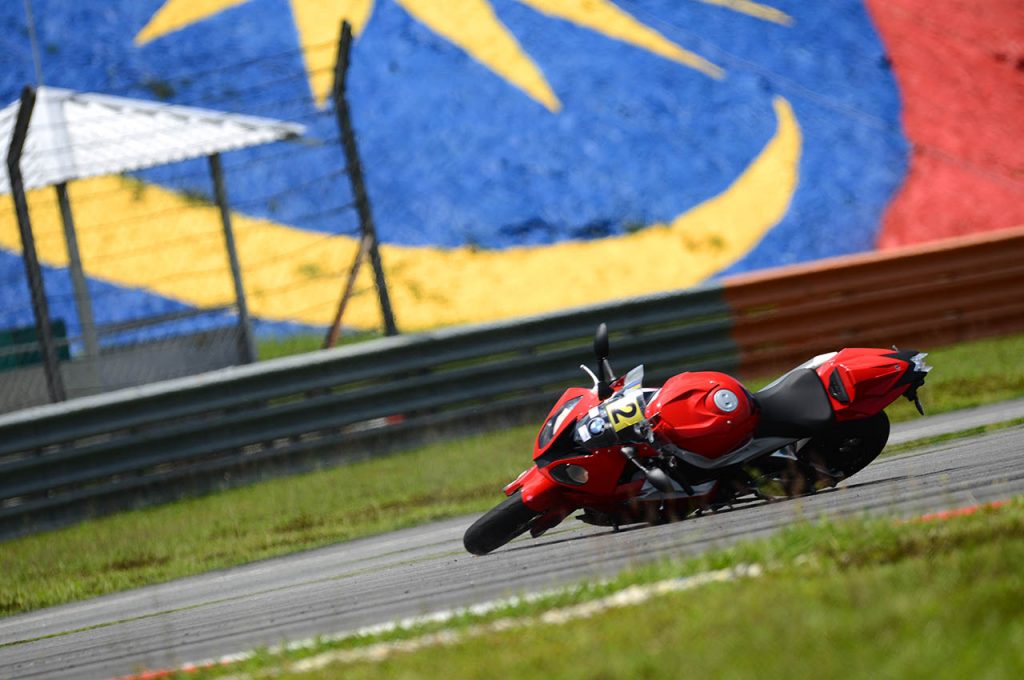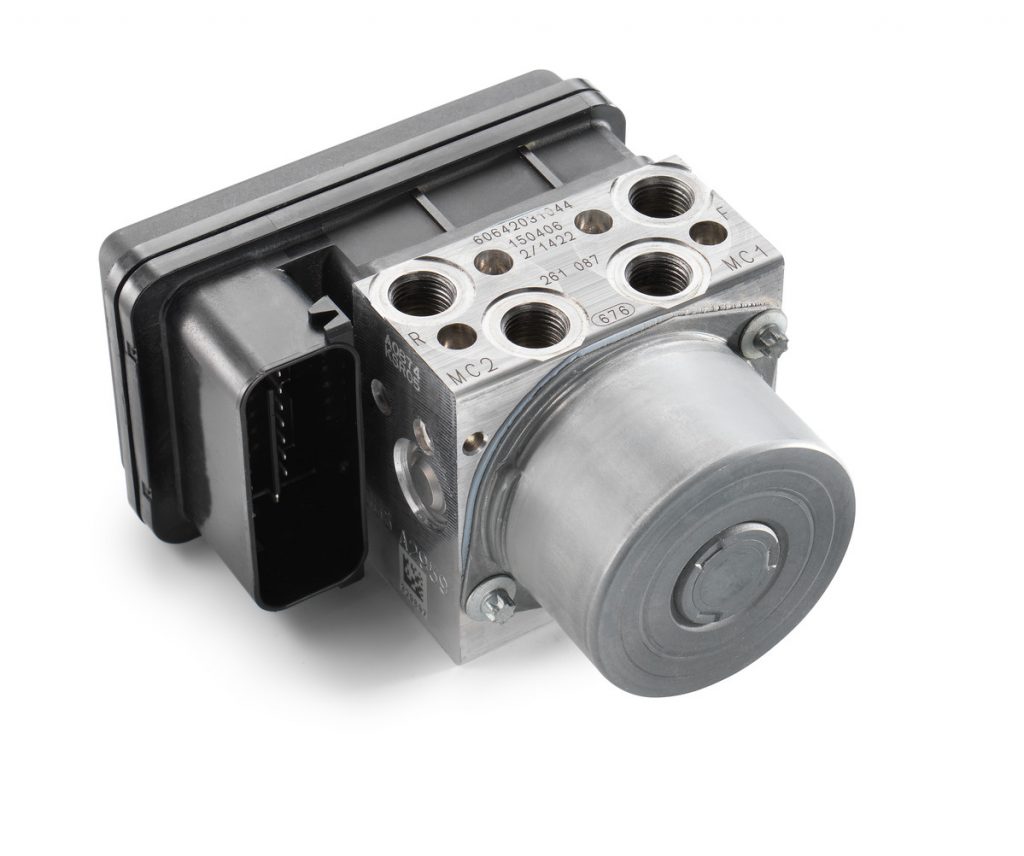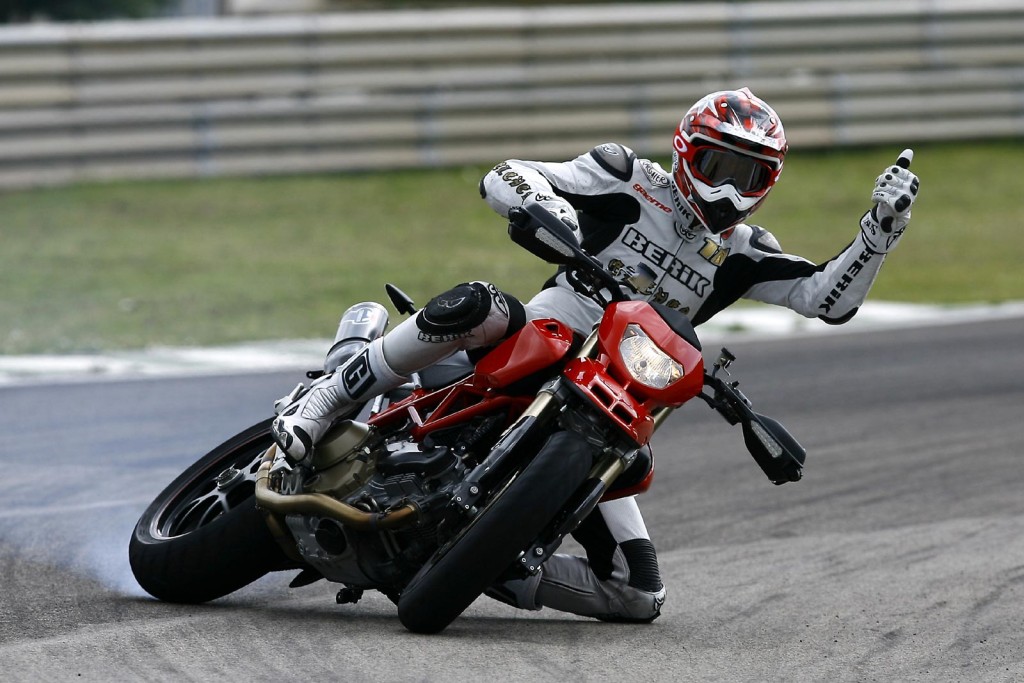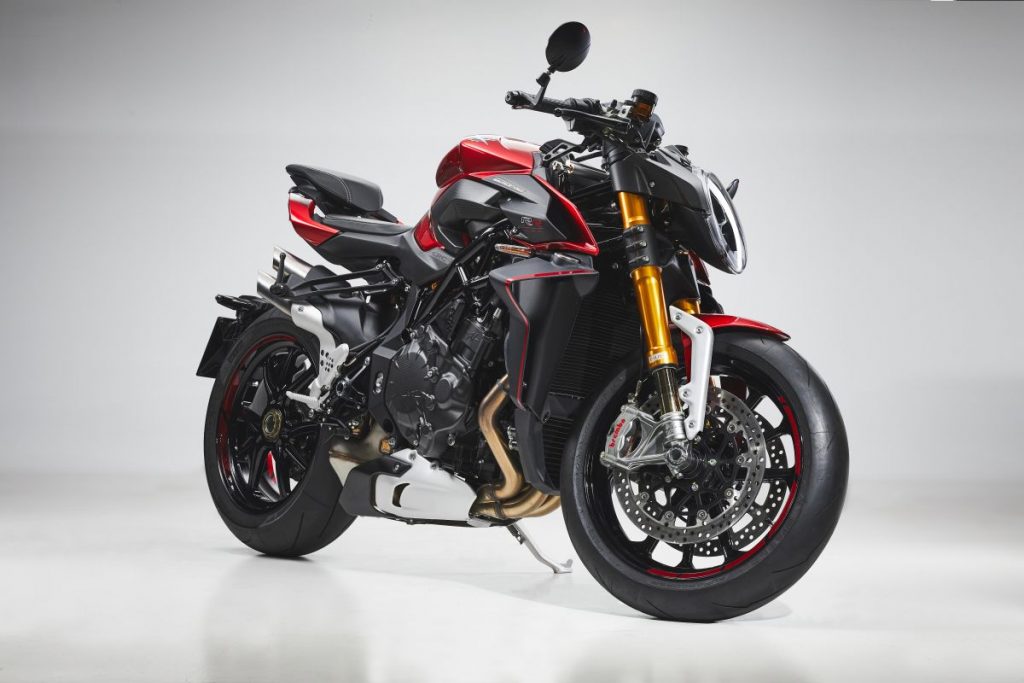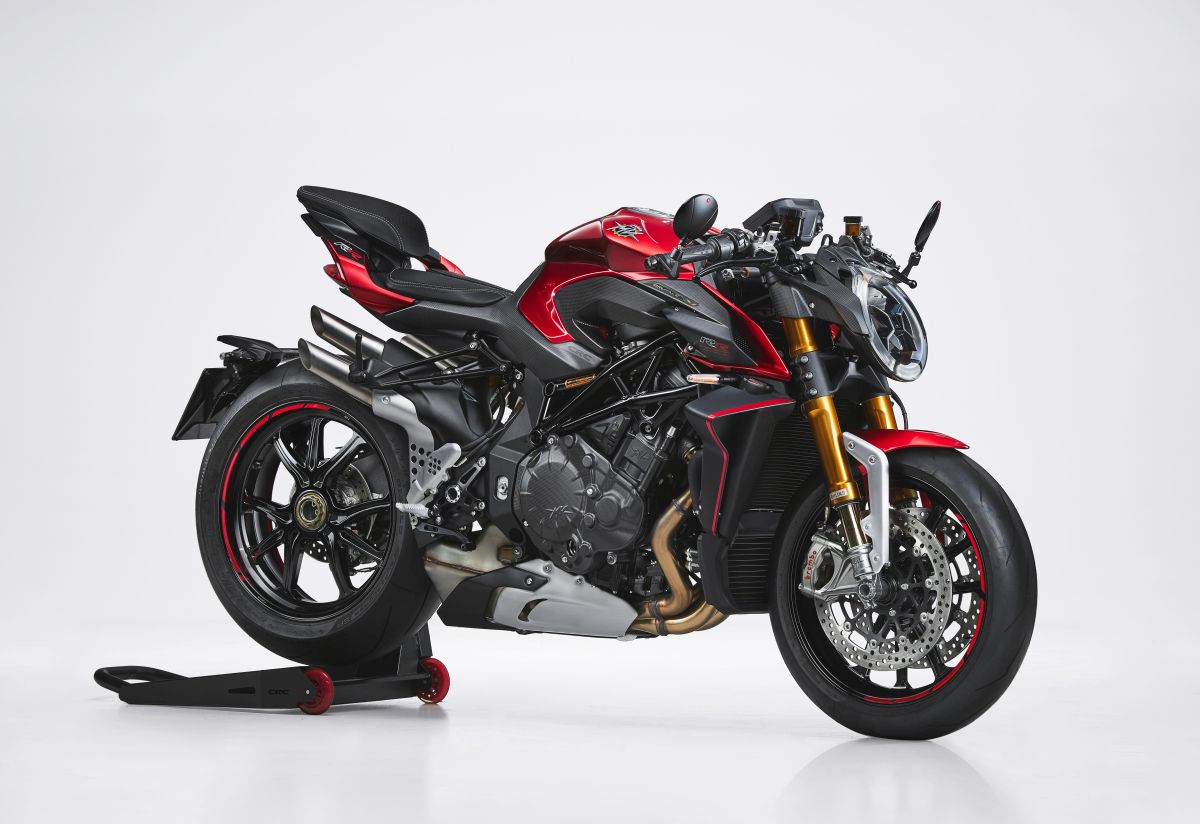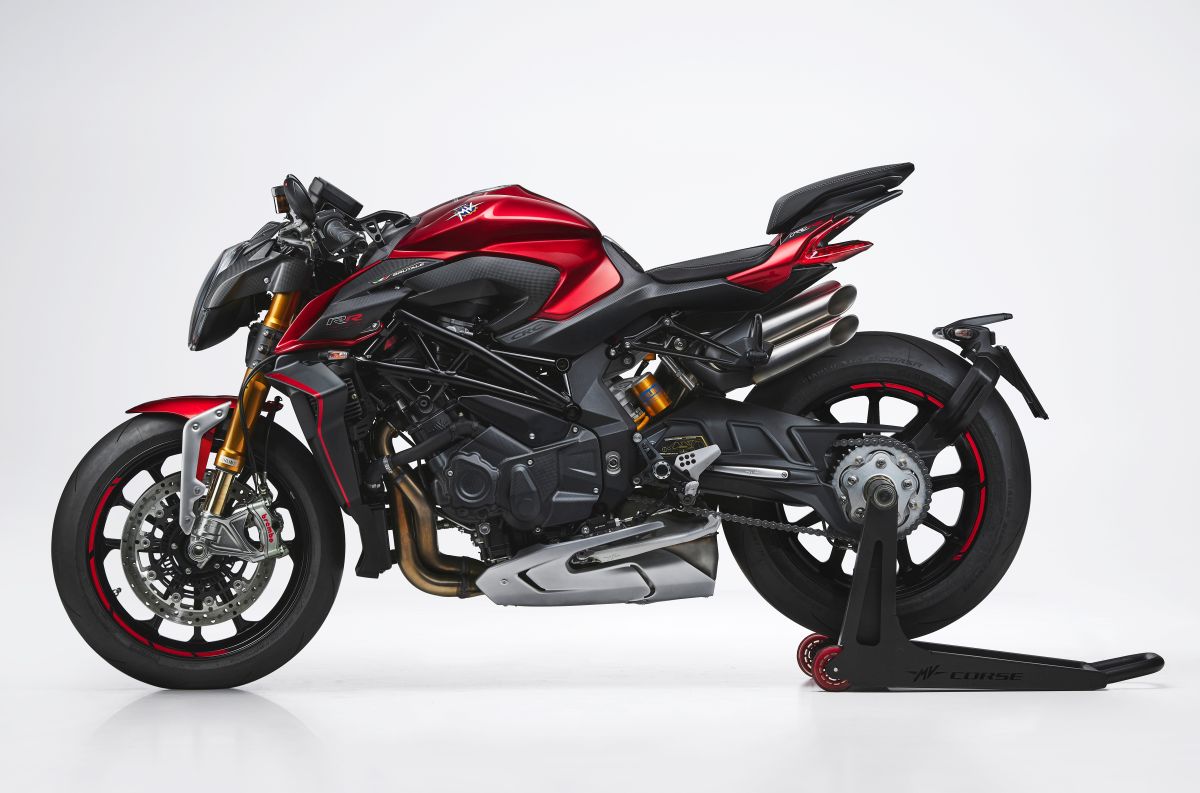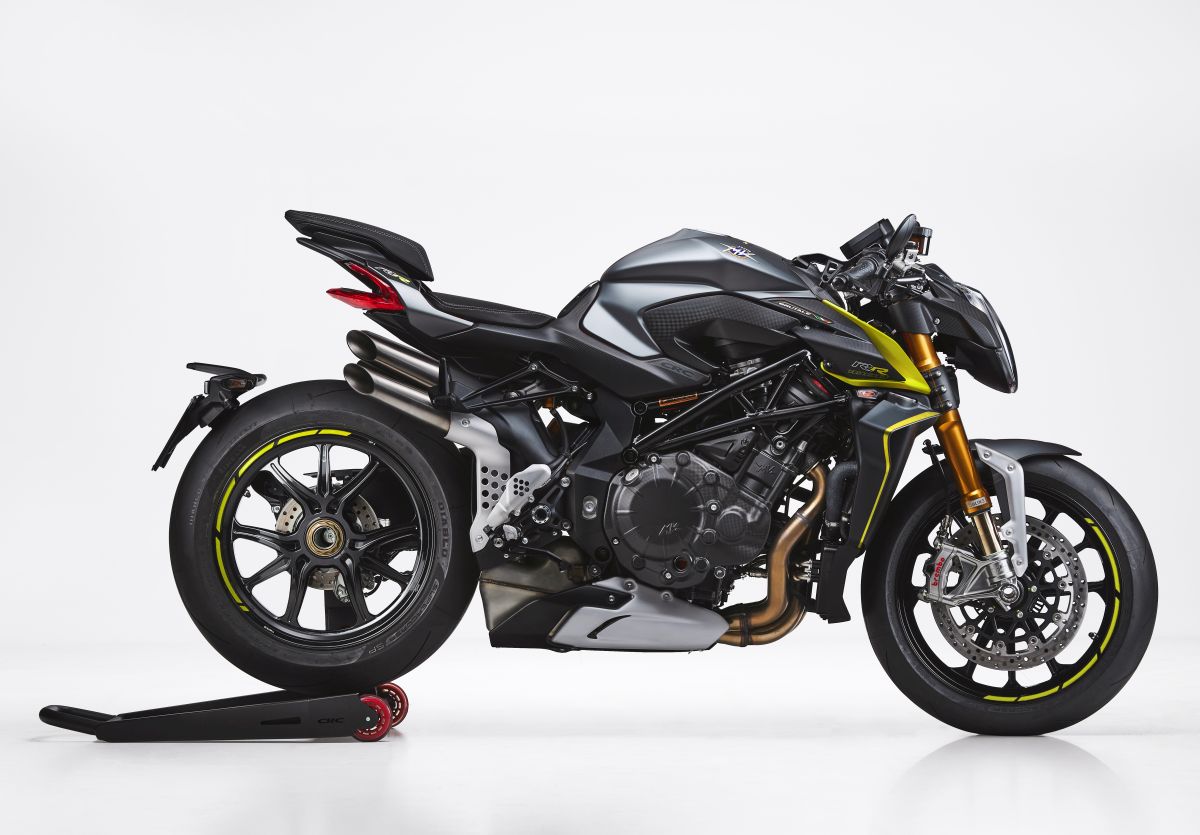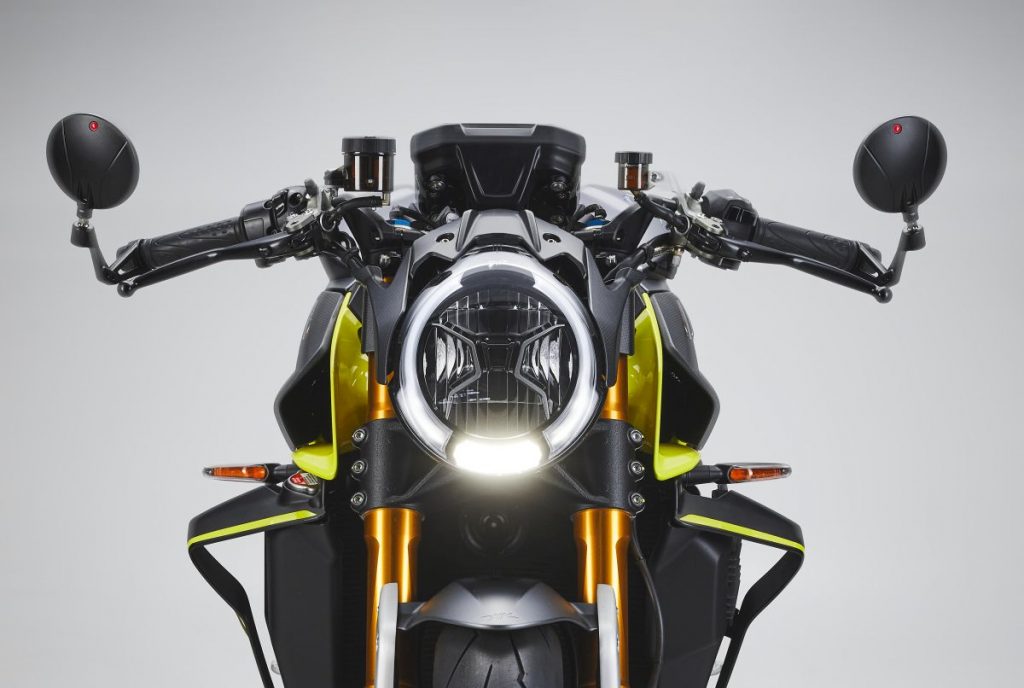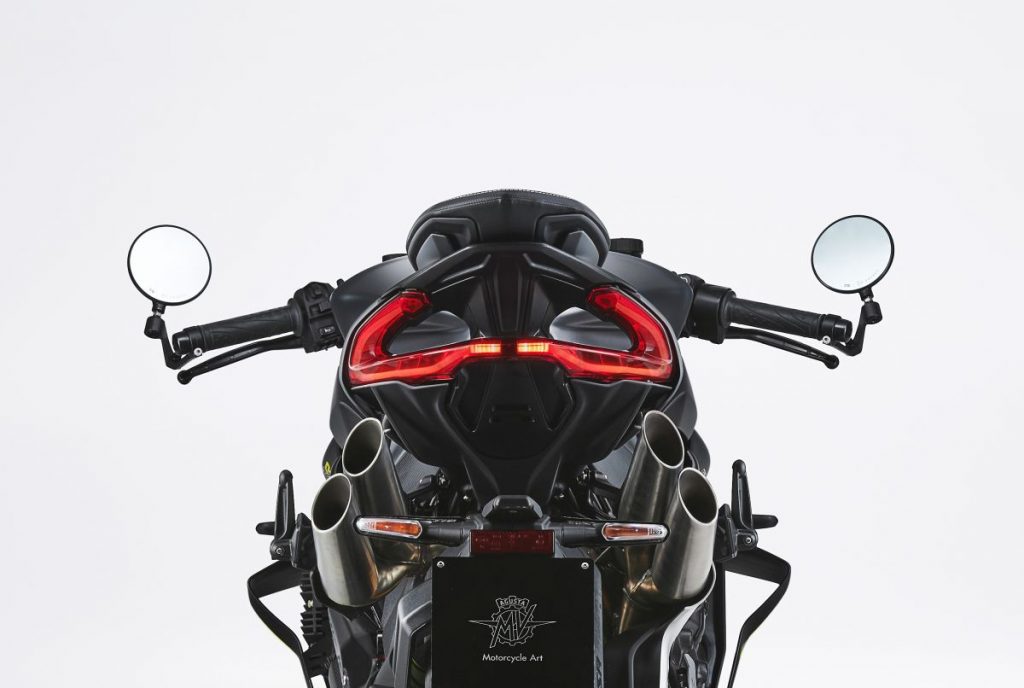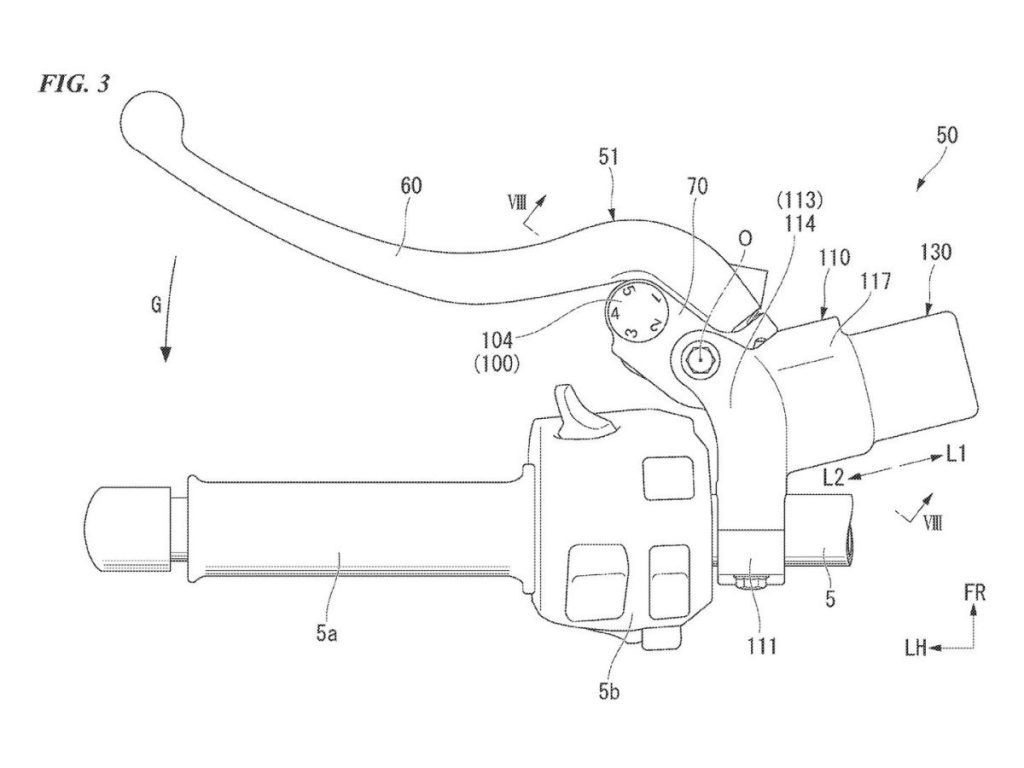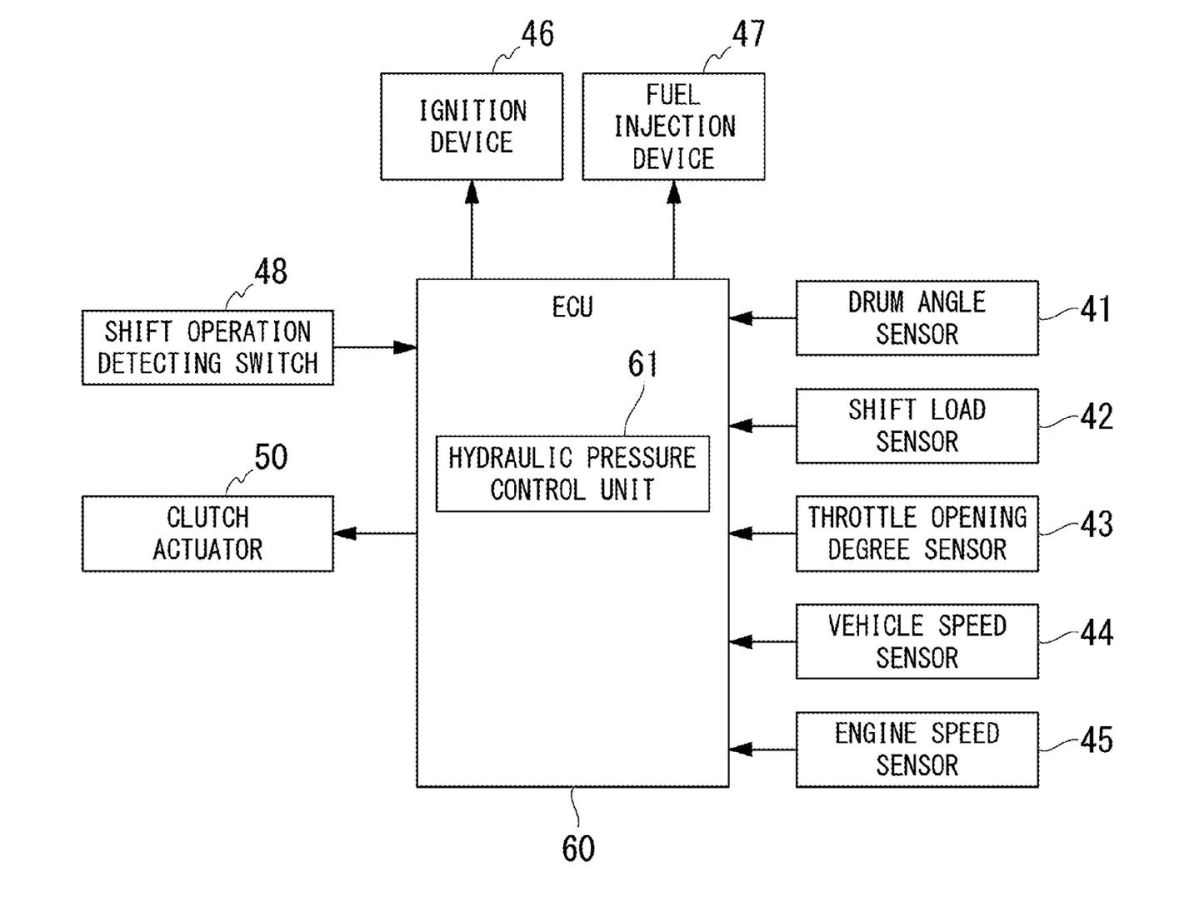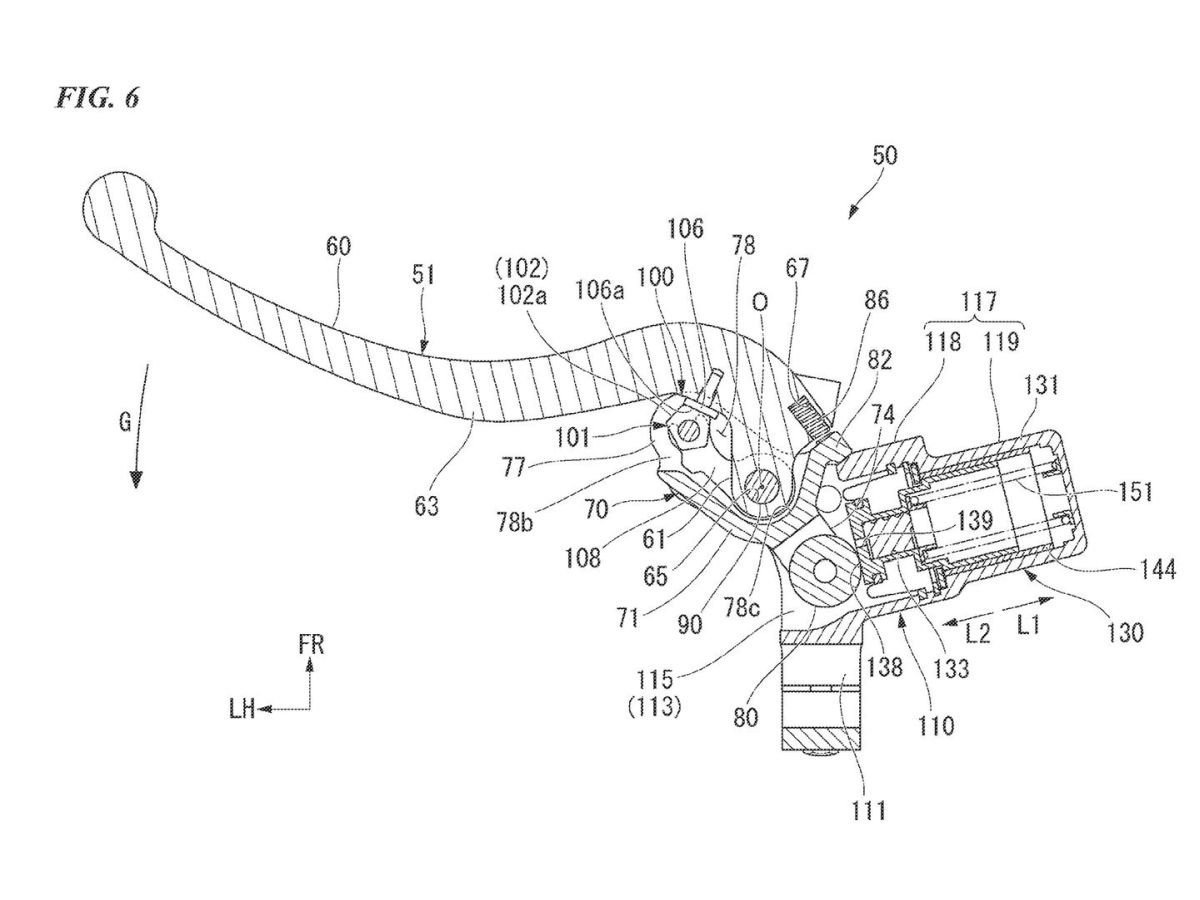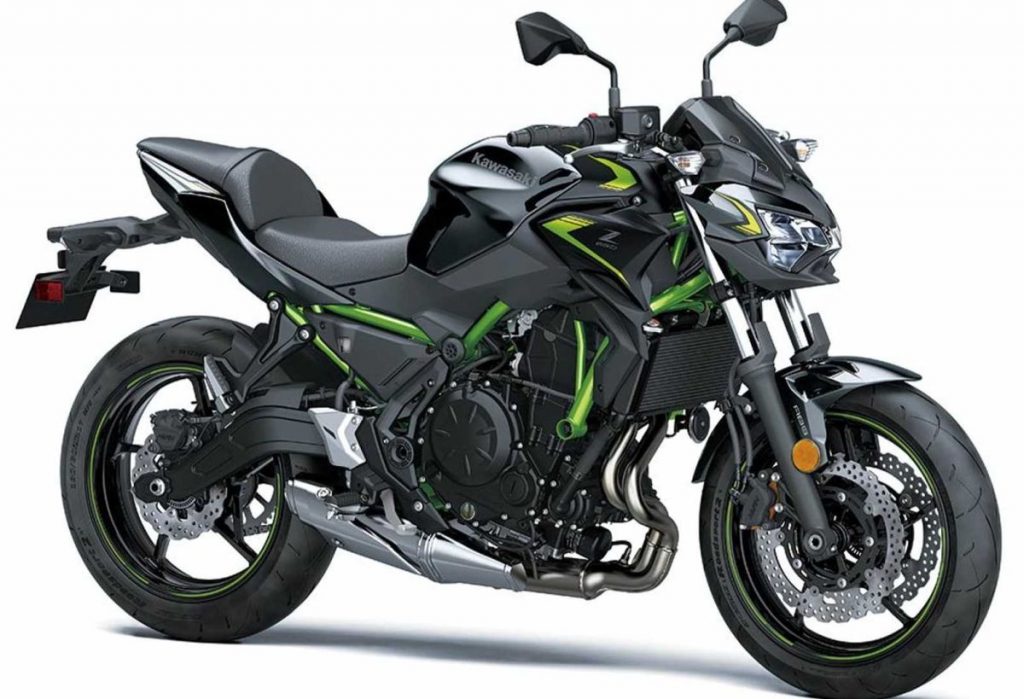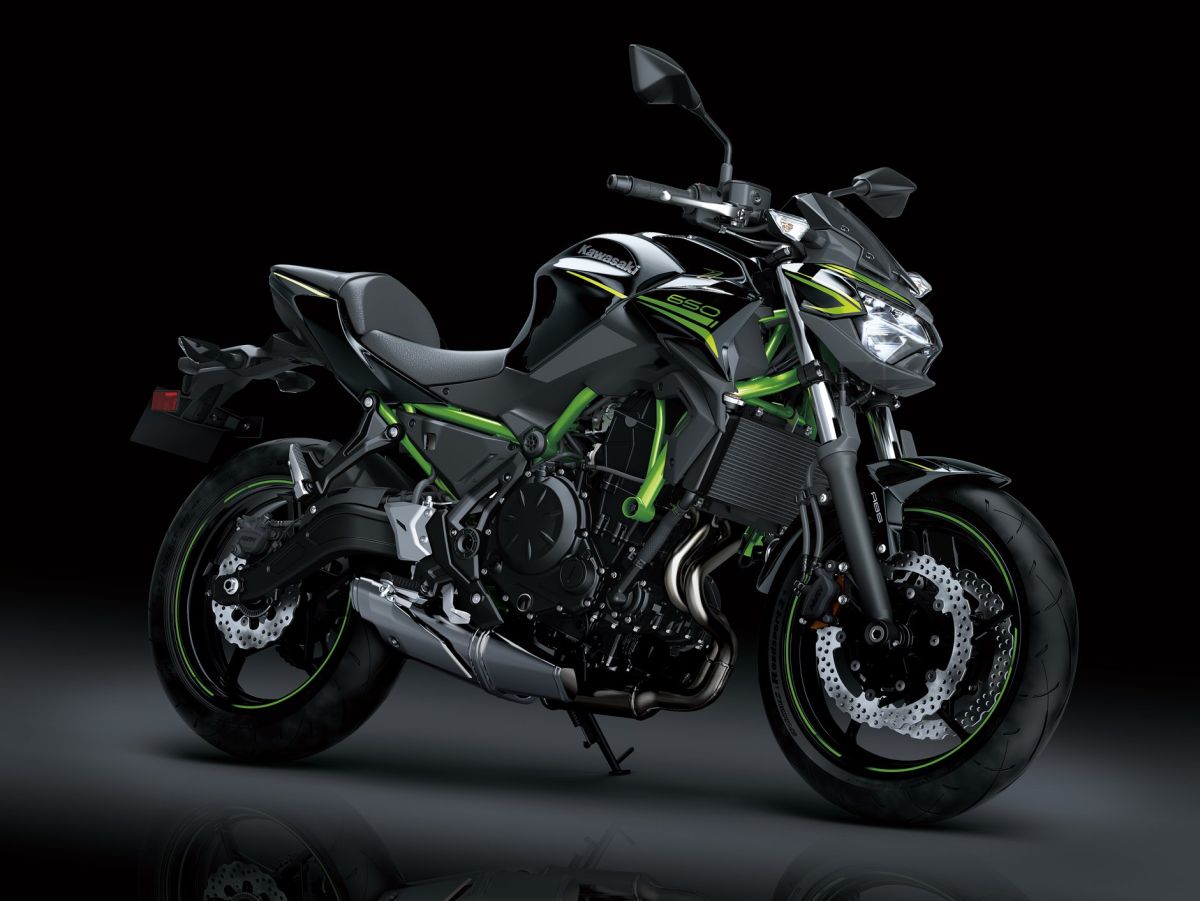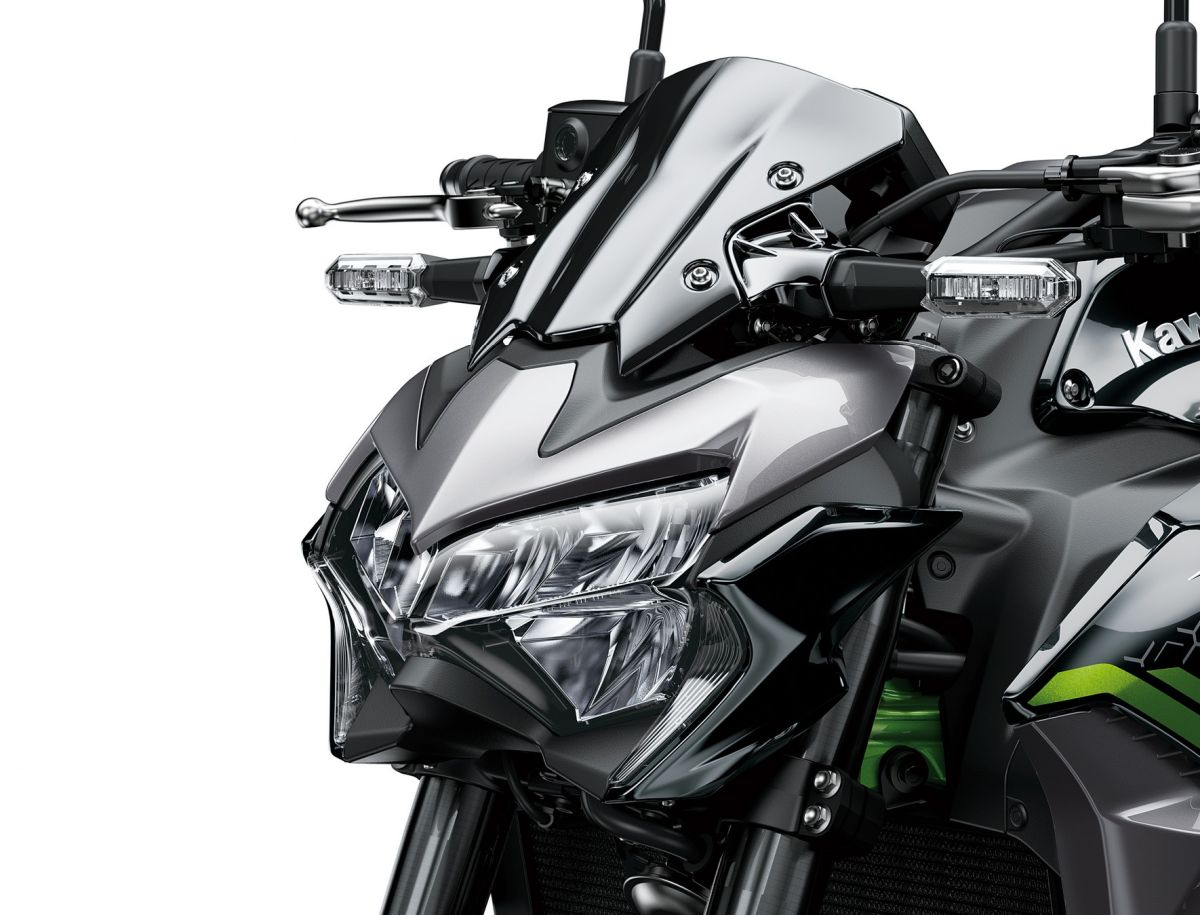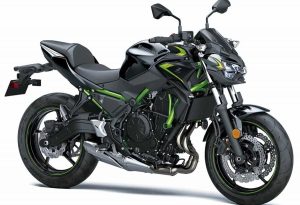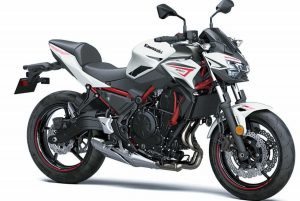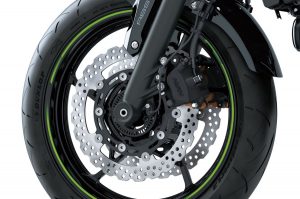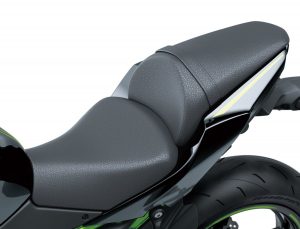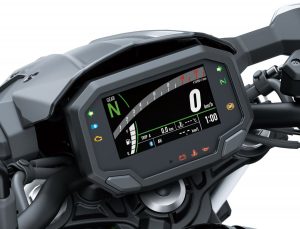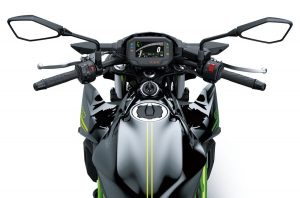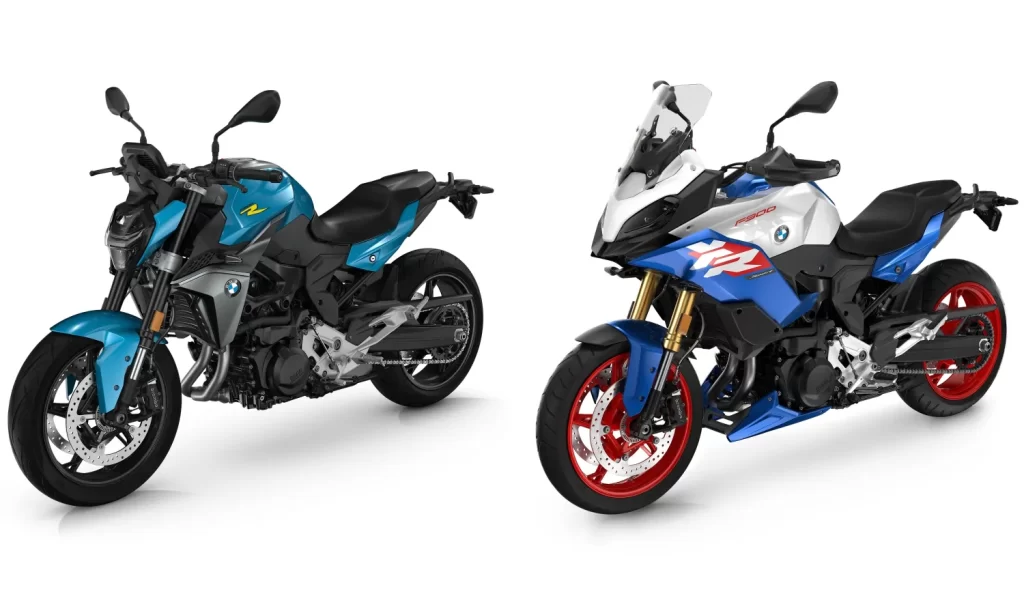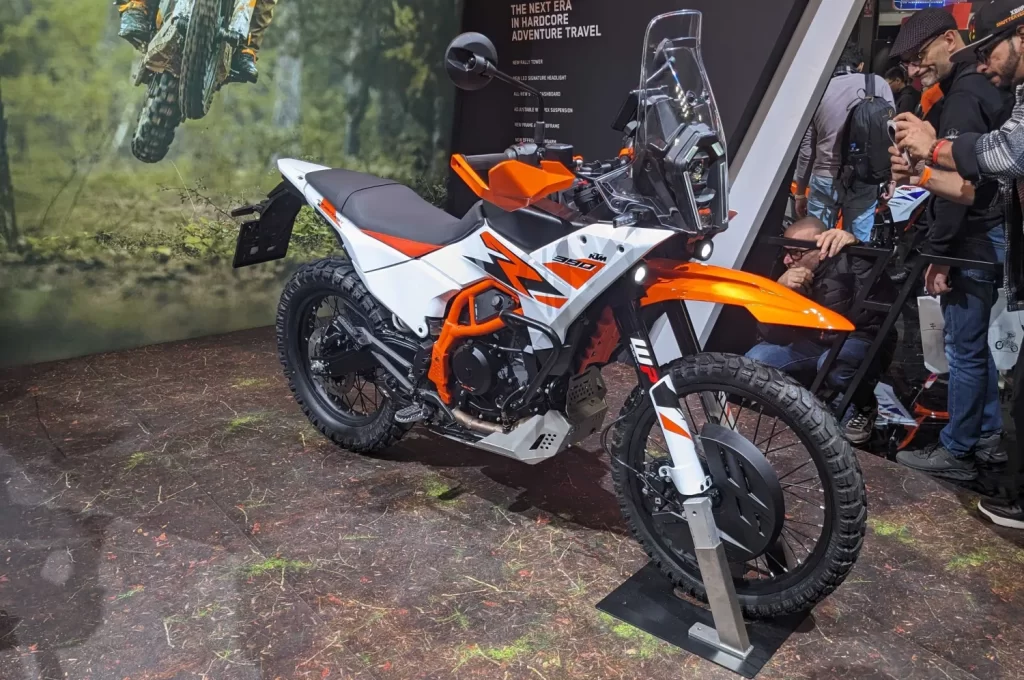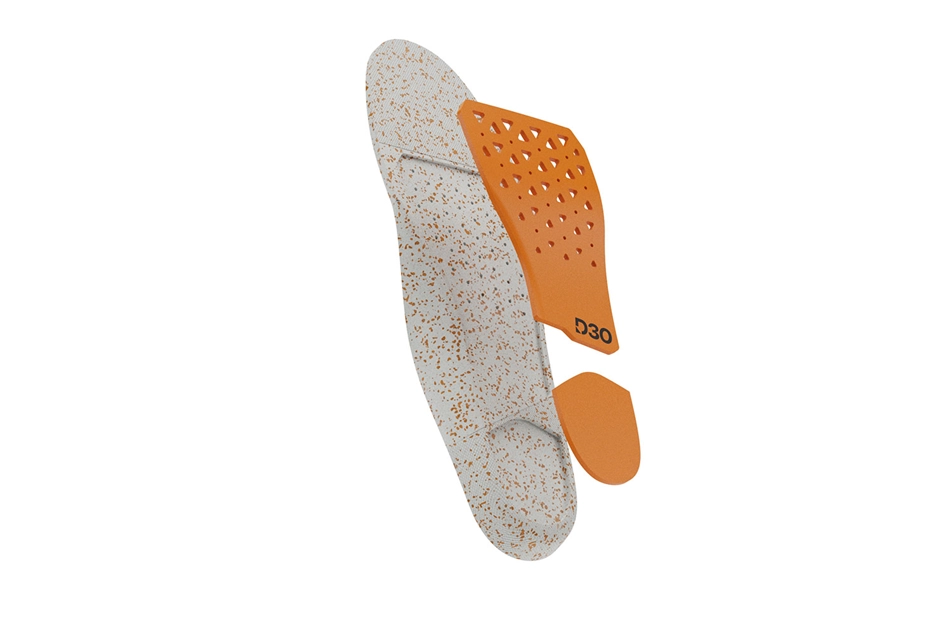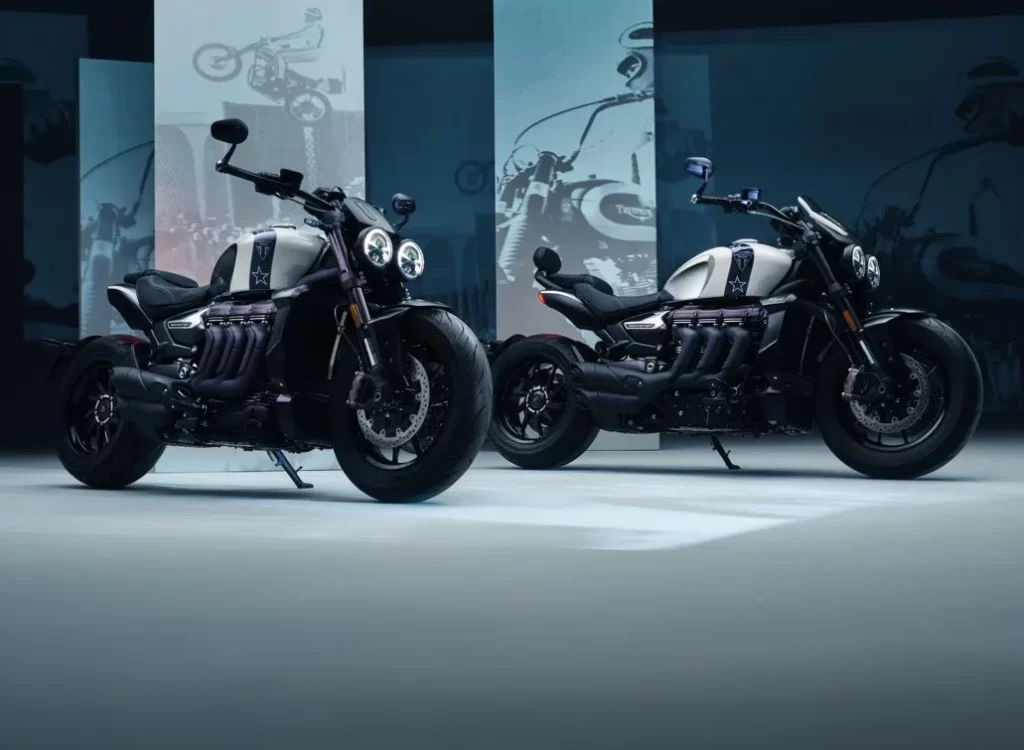-
Liquid-cooled engines are common these days.
-
Liquid-cooling needs coolant or antifreeze.
-
Here we describe how the principles of the cooling system and how coolant works.
Engine coolant or antifreeze is a necessity in most bike these days but it’s another thing many take for granted. Do some research and it will turn out that there’s so much to that coloured liquid sitting in a translucent plastic tank.
How does the cooling system work?
It’s about heat transfer.
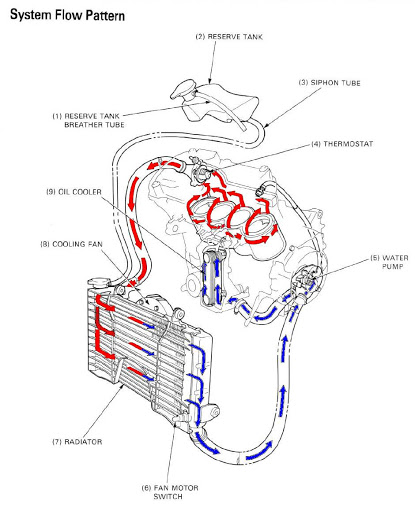
- The coolant/water pump pushes coolant through passages called “water jacket” surrounding the engine block. Some of the heat from combustion is transferred to the coolant.
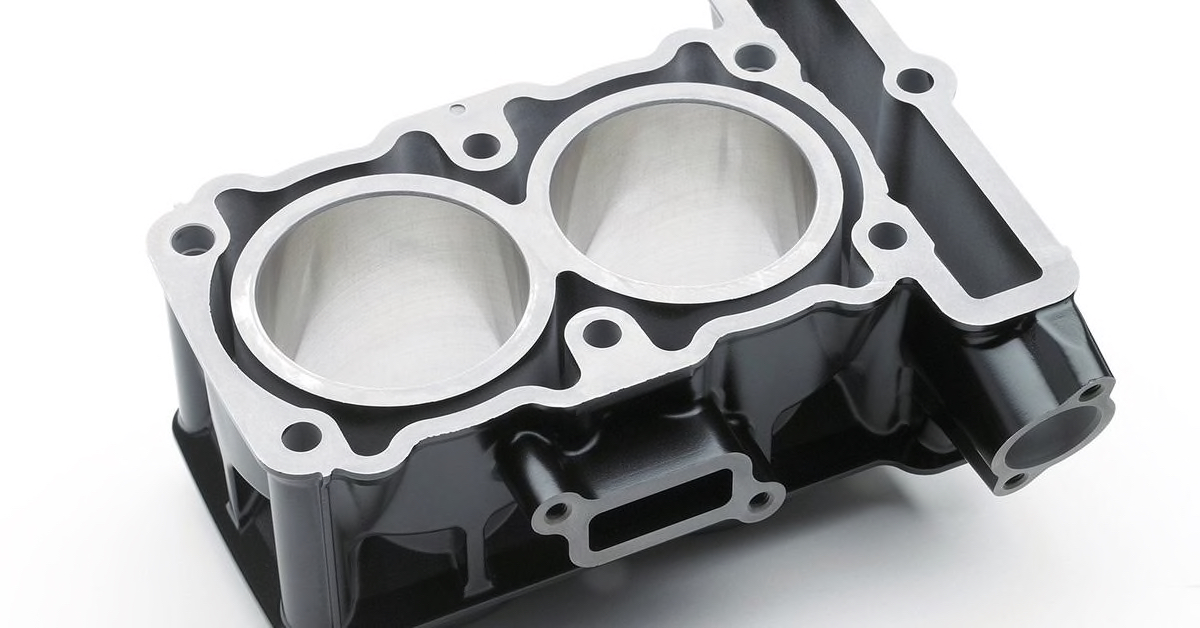
- The coolant continues its journey to the radiator. The radiator consists smaller tubes that are surrounding by little fins. These fins provide bigger surface areas thereby absorbing even more of the heat (just like fins on the engine block).
- Incoming air cools the coolant as it travels back to the engine block. A fan takes over to pull heat away from the radiator when the bike idles for an extended period.
This is why the radiator is also known as a heat exchanger or just “cooler” unit.
What is coolant and antifreeze
First and foremost, let’s talk about the good ol’ Edge-Two-Oh (H2O). Water freezes at 0-degree Celsius and boils at 100-degree Celsius.
This is why we need to add something else to the water to change its freezing and boiling points. As such, coolant and antifreeze are essentially the same as far as product terminologies go.
Ready to use coolants usually feature a mixture of 50% water and 50% glycol. It brings freezing point down to -37-degrees Celsius and boiling point up to between 240- to 270-degrees Celsius.
However, to be more precise, coolant is the medium i.e. antifreeze or water or oil circulating through the cooling system; while antifreeze is the concentrate before being diluted. Most coolants are sold as premixed these days, so again, they are the same. However, do check the descriptions and instructions on the bottle on whether the product is ready to use or needs to be diluted.
What are the types of glycols in antifreeze?
There are generally two types of glycol used:
Ethylene glycol
- It used to be a common ingredient but its toxicity can cause birth defects, reproductive damage or even death if ingested. It’s appealing to young children and animals due to its sweet odour and flavor. Consequently, it requires specific handling.
Propylene glycol
- It’s significantly less toxic than ethylene glycol. The words here are “less toxic” at low levels.
What are the types of antifreeze?
There are three types:
Inorganic Additive Technology (IAT)
This is the common green antifreeze with corrosion inhibitor package. It typically includes silicate, borate, phosphate, nitrate, nitrite and molybdate. It has a lower lifespan, typically 2 years.
Organic antifreeze (OAT)
Typically based on a variety of carboxylic acids and derivatives. Carboxylic acids is the general terms for acids found in plants. Coolants with OAT generally last longer (up to 5 years).
Hybrid Organic Acid Technology (HOAT)
It combines both inorganic and organic substances, hence provides the best of both worlds. It’s also compatible with both IAT and OAT coolants, therefore users can just top up their coolant levels, regardless of the type present in the system.
Why can’t I just use water?
Again, it’s because water freezes and boils too early. Corrosion will clog a cooling system and/or cause leaks.
Apart from that, good coolant also:
- Prevents rust and corrosion of metal parts.
- Prevents corrosion of rubber hoses and plastic parts.
What about the colour?
Coolants used to be available in green only (I personally call it “radioactive green”) but there are all sorts of colours now. The colours are supposed to mean different proportions of glycol and water, but they are not regulated therefore colours don’t offer a specific guide between different brands.
A bit on maintenance
Coolant doesn’t go on working at its best forever and therefore is considered a consumable. Manufacturers typically recommend replacing it every 2 to 3 years regardless of type used.
We will touch more on maintenance, replacement, handling in a future article.
